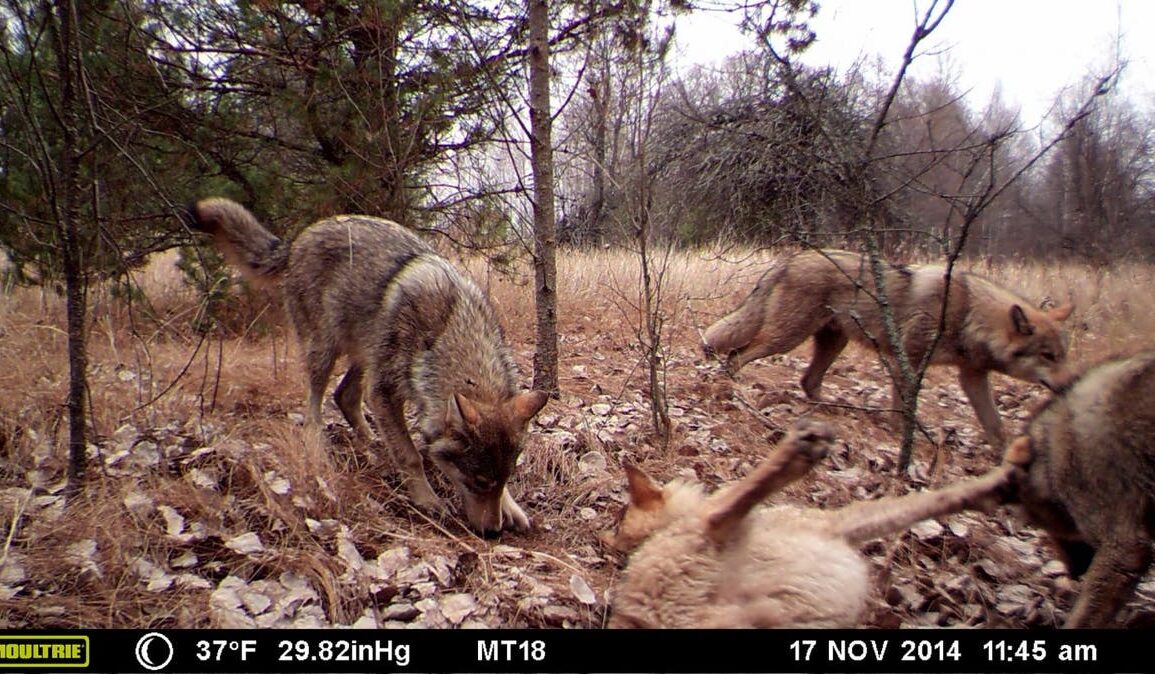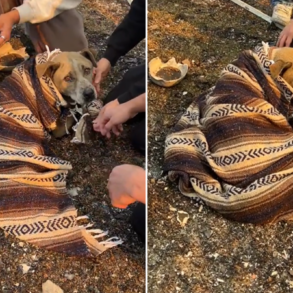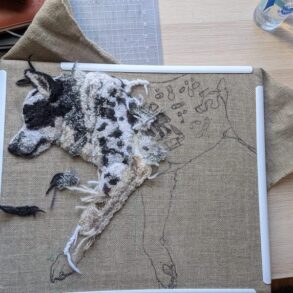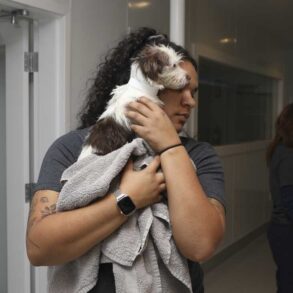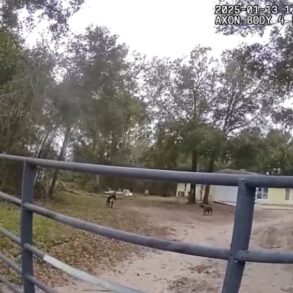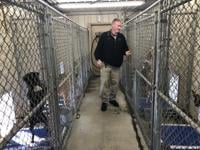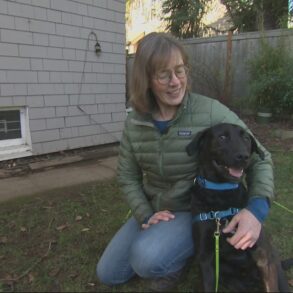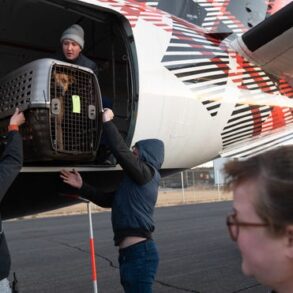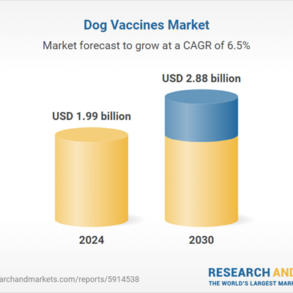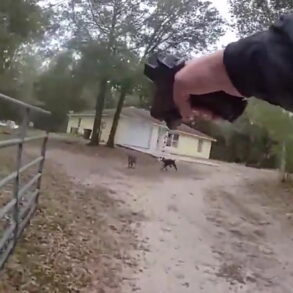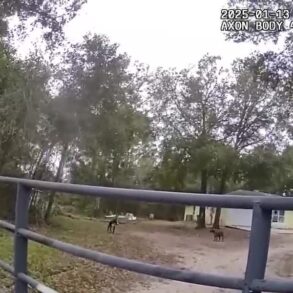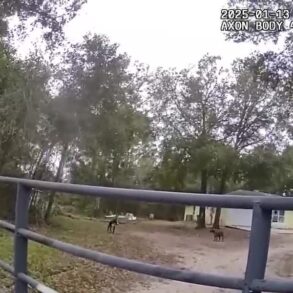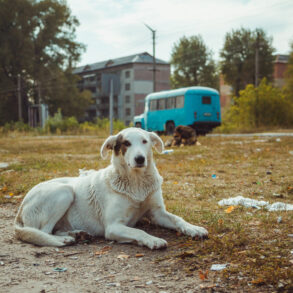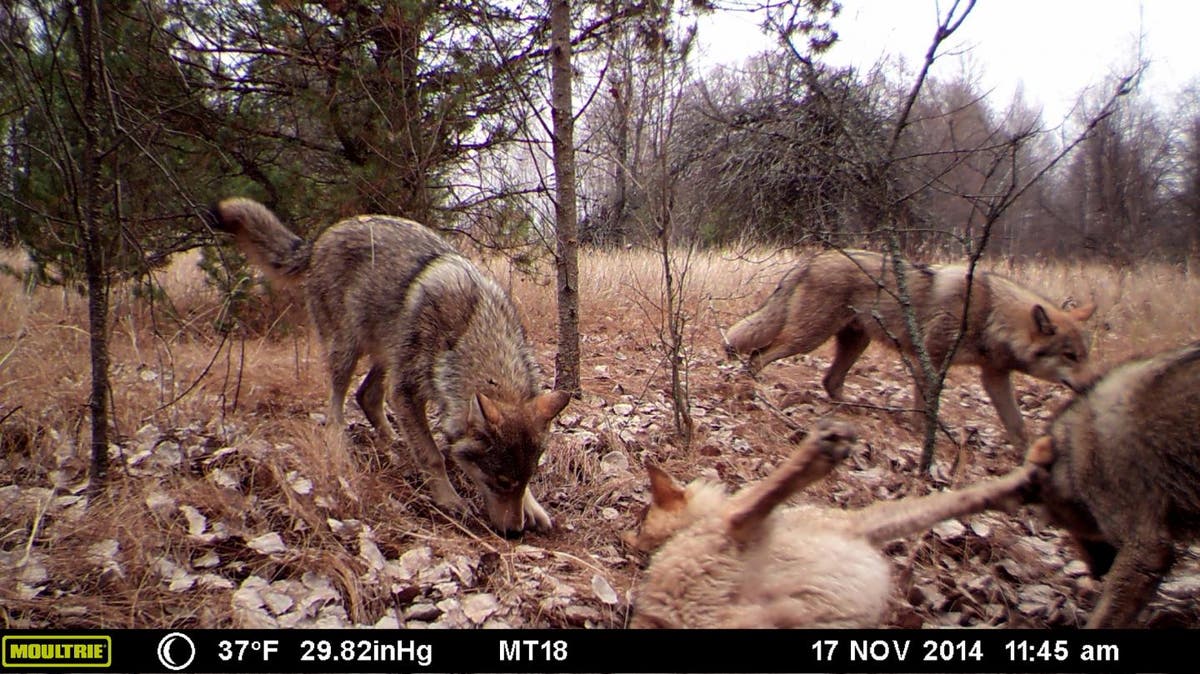
Your support helps us to tell the story
From reproductive rights to climate change to Big Tech, The Independent is on the ground when the story is developing. Whether it’s investigating the financials of Elon Musk’s pro-Trump PAC or producing our latest documentary, ‘The A Word’, which shines a light on the American women fighting for reproductive rights, we know how important it is to parse out the facts from the messaging.
At such a critical moment in US history, we need reporters on the ground. Your donation allows us to keep sending journalists to speak to both sides of the story.
The Independent is trusted by Americans across the entire political spectrum. And unlike many other quality news outlets, we choose not to lock Americans out of our reporting and analysis with paywalls. We believe quality journalism should be available to everyone, paid for by those who can afford it.
Your support makes all the difference.
Radiation-induced mutations may not be the reason for the genetic differences between dog populations living near the Chernobyl nuclear power plant, according to a new study.
The study, published on Monday in the journal PLOS One, has implications for our understanding of the effects of nuclear radiation exposure on populations.
“Most people think of the Chernobyl nuclear accident as a radiological disaster in an abandoned corner of Ukraine, but the potential adverse health implications are much wider,” said Norman Kleiman, a co-author of the study from the Columbia University School of Public Health.
“This is due to the many other toxins – including heavy metals, lead powder, pesticides, and asbestos – released into the environment during the ensuing cleanup and remediation over three decades.”
Scientists have been studying dog populations near the nuclear power plant which suffered a disastrous meltdown in 1986, causing a dramatic explosion that demolished buildings and released deadly radiation into the atmosphere.
Two workers were killed by the explosion and 28 firemen and emergency clean-up crew died from acute radiation poisoning over the first three months after the disaster.
Scientists continue to study the surroundings of the plant to assess the impact of radiation leaks on life forms in the region.
“We are trying to determine if low-level exposure over many years to environmental toxins such as radiation, lead, etcetera, could explain some of those differences,” another study co-author Matthew Breen from the North Carolina State University said.
A previous study analysed genetic variants in the genomes of dogs near the nuclear plant and identified 391 outlier DNA segments that differed between two populations.
Some of these genome sections contained genes that contributed to the repair of DNA damage.
In the new research, scientists looked deeper into the genomes of the dogs to detect evidence of mutations that may have accumulated over time and to contextualise the level of differences.
The analysis indicated that the genetics of Chernobyl city dogs were very similar to dog populations in Russia, Poland and the surrounding areas.
This helped researchers use the Chernobyl city dogs as a control population to compare with dogs living closer to the nuclear power plant.
They looked in particular for abnormalities in reproductive cell DNA, which is passed down from parent to offspring.
“While this dog population is 30 or more generations removed from the one present during the 1986 disaster, mutations would likely still be detectable if they conferred a survival advantage to those original dogs,” Dr Breen said.
However, researchers did not find any such evidence in these dogs.
This still doesn’t rule out the possibility that environmental pressures played a role in effecting differences between the two dog populations, scientists said.
“It’s possible that the dogs that survived long enough to breed already had genetic traits that increased their ability to survive,” said Megan Dillon, a PhD candidate at NC State University who was part of the study.
“So perhaps there was extreme selective pressure at the start, and then the dogs at the power plant just remained separate from the city population.”
Researchers believe investigating this question is an important next step.
“The importance of continuing to study the environmental health aspects of large-scale disasters like this cannot be overemphasized,” Dr Kleiman said.
“Studying companion animals like these dogs offers a window into the kinds of adverse health risks that people may face.”
This post was originally published on this site be sure to check out more of their content.



